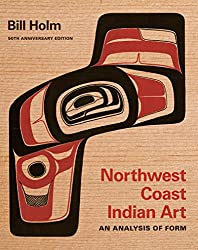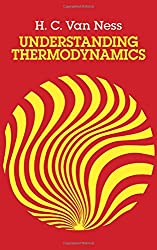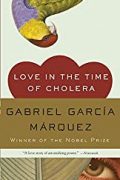
Rating: 7.7/10.
Northwest Coast Indian Art: An Analysis of Form by Bill Holm
An analysis of the formline style of art by the Pacific Northwest Indians including the Haida, Tlingit, and Tsimshian tribes. The ancient art was forgotten until its revival relatively recently, when people studied old works to deduce the patterns so that new artwork can be produced according to the same rules. This book, originally published in 1965, was based on the author’s graduate research, and eventually served as a handbook for indigenous artists wanting to produce their own tribe’s art.
Northwest Coast art is symbolic (not realistic) and has a system of idioms with a grammar of how they can be combined. Black is typically the primary color and used for the formlines, red is the secondary color, and blue-green is the tertiary color. The formlines should be connected together, avoid retaining the same width for a long distance, there should be gaps when two formlines are joined together. The book first gives a technical description of formlines, ovoids, U-shapes, and how they are combined together; then, it goes into principles of composition such as symmetry and use of empty space.



